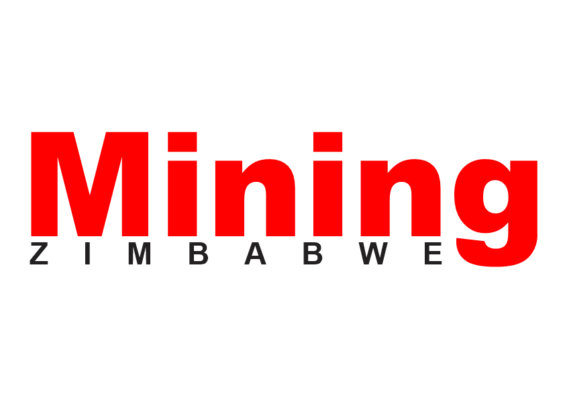Mining companies in Zimbabwe are increasingly integrating agricultural initiatives into their corporate social responsibility strategies, reflecting a growing commitment to sustainable community development, according to the Deputy Minister of Mines and Mining Development, Engineer Polite Kambamura.
By Rudairo Mapuranga
Speaking to Mining Zimbabwe at the Harare Agriculture Showgrounds on Wednesday, Dr Kambamura highlighted that by partnering with local farmers, mining companies such as Mimosa and Zimplats—currently exhibiting at the ongoing Harare Agriculture Show—are helping to build sustainable livelihoods. These efforts include initiatives like cattle rearing, the establishment of small industries, nutritional gardens, and dairy farming.
The Deputy Minister emphasized that this approach not only improves community welfare but also ensures that the positive impacts of mining continue to benefit communities long after mineral resources have been exhausted.
“If you observe what mining companies are doing, you may think that they are now diversifying into farming. Mining companies have partnered with farmers in a way to empower them.
“This way, even though people in our communities may not physically see the mineral, they can appreciate what mining companies are doing for the communities around them,” Dr Kambamura stated.
Drawing a parallel with Botswana’s diamond industry, where the discovery of diamonds in 1969 at Orapa significantly improved infrastructure and living standards—despite many locals never seeing the diamonds—Dr. Kambamura noted that Zimbabwe’s mining sector aims to leave a similar legacy.
“Diamonds were discovered in Botswana in 1969 at Orapa. Since then, very few people in Botswana have seen the diamonds, but they appreciate what the diamond industry has done for their country. It’s the only mineral that has been mined for the past 40 or so years. This mineral has managed to build infrastructure, roads, and more. Similarly, the diamond industry has changed lives in Botswana, just as we are working to change the Zimbabwean mining sector. Beyond just seeing the mineral, like platinum, the miners have gone further into the community to empower people through agriculture,” he said.
Dr. Kambamura also underscored the importance of mining companies engaging with farmers and conducting environmental impact assessments to ensure their operations support rather than harm local agriculture.
“This approach emphasizes the importance of developing projects that sustain communities and improve the quality of life for future generations, long after the mining activities have ceased.
“We have seen people being empowered through building up their cattle herds, setting up small industries, and establishing nutritional gardens. People are also being empowered through dairy farming. What we need to know is that after mining, there should be enough evidence for future generations to see that once upon a time, there was platinum in Zimbabwe, and this is the result. This is what we are benefiting from now.
“In the future, even if the resources are depleted, future generations should still be able to see the impact. This is what the mining sector is doing—they’ve diversified into farming so that their corporate responsibility is focused on people and can sustain communities. That’s why the mining companies are exhibiting here.
“It’s no longer just about mining; it’s about the people and the communities where minerals are found. When mining companies develop corporate responsibility projects, they engage the communities around them, especially farmers. These communities are the ones who come up with sustainable projects for their areas. They also identify issues that may negatively impact their farming operations.
“Before any mining begins, there is an environmental impact assessment done to determine if there will be any negative effects on farmers, particularly those in the surrounding areas.
“It’s about engagement and re-engagement with our farmers and farming communities. Farmers are being empowered through dairy farming and crop farming. For example, a mining company might set up a dam for its own benefit, drawing water for its use. Farmers around the area are also engaged and given the chance to use that water for farming in the surrounding mining areas,” he explained.
.png)




